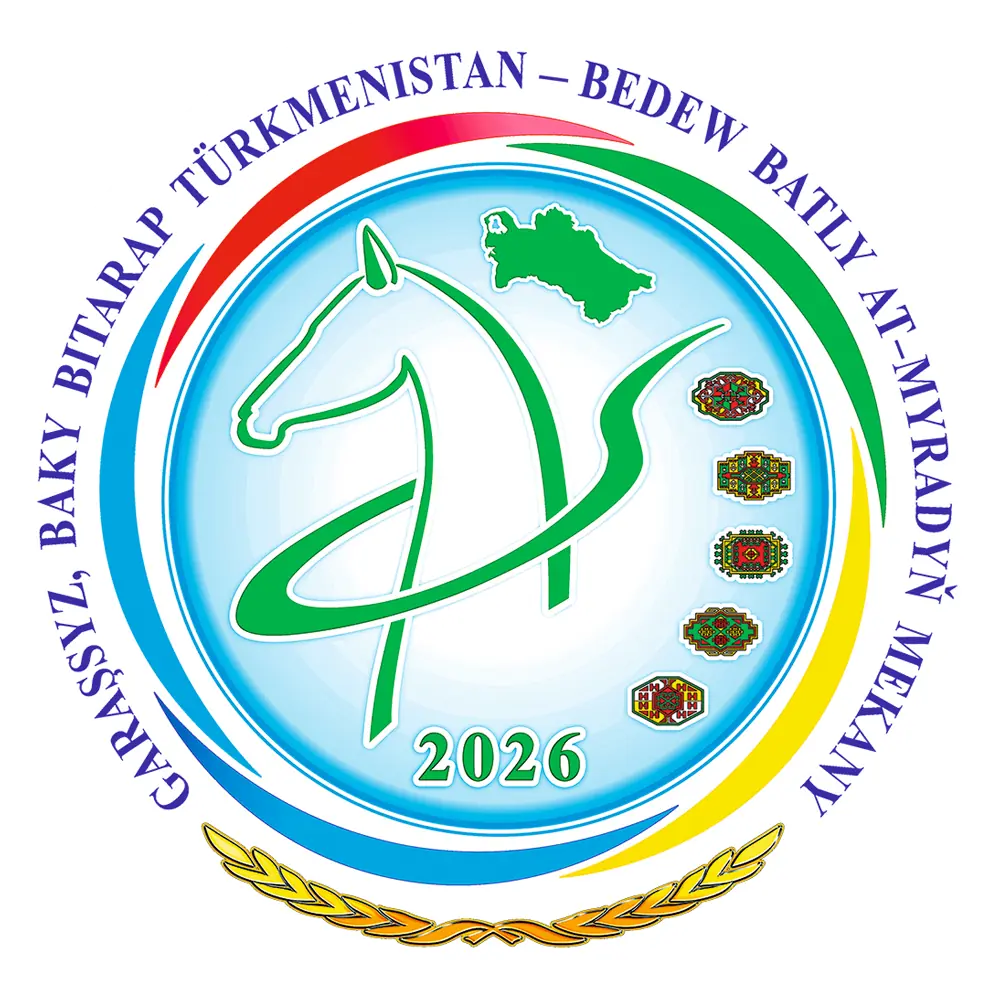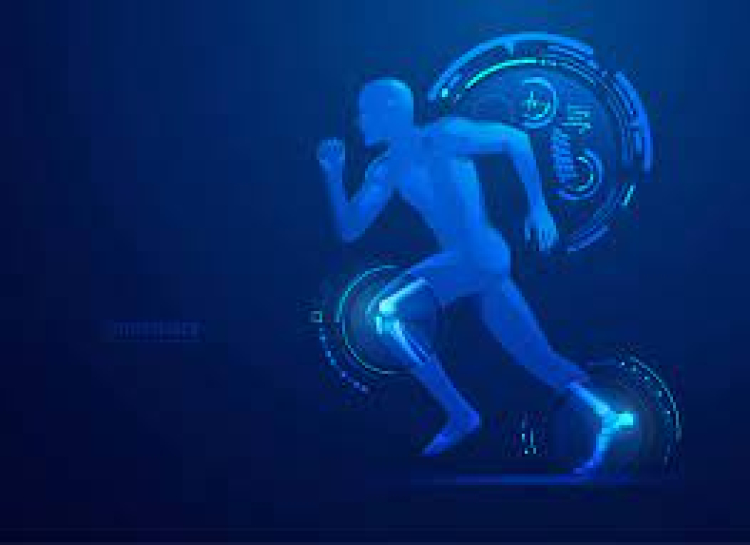
Great attention is paid to the development of sports and mass physical culture is our country
STATE COMMITTEE FOR PHYSICAL CULTURE AND SPORT OF TURKMENISTAN




Modern information technologies are becoming an important part of physical education, helping athletes, coaches, and sports enthusiasts improve their performance and maintain their health. Advances in technology have opened up new opportunities for training, analysis, and recovery, and have made sports more accessible and personalized.
Smart devices and health monitoring
Today, devices such as smartwatches and fitness bracelets provide athletes, coaches, and anyone who wants to improve their health skills with useful information. These devices track heart rate, activity level, sleep quality, and even stress levels, which allows coaches and athletes to plan training sessions more accurately and prevent injuries. The technology also helps athletes monitor their physical fitness in real time.
Virtual reality and training
Virtual reality (VR) and augmented reality (AR) are being actively introduced into the training process. For example, VR can be used to train in conditions that simulate real-life competitors, which helps improve reaction and concentration without risking health. In some sports, such as football or tennis, athletes can test their techniques and strategies on a virtual field.
Analysis and video technologies
Video cameras and special motion-detection systems play an important role in improving technology. Special programs allow coaches to analyze each athlete’s every move, identify mistakes and adjust the training process. Systems such as VAR in football allow for accurate and objective decisions in controversial moments in competitions.
Artificial intelligence in sports
Artificial intelligence helps analyze large amounts of data about athletes: physical condition, training results, and even predictions for competitions. With the help of artificial intelligence, coaches can choose the most suitable training sessions, taking into account the individual characteristics of each athlete, as well as predict the likelihood of injury and fatigue.
Biometrics and genetics
Modern methods of biometrics and genetic testing help to understand which sports and training programs are most suitable for a particular person. Genetics can help determine the risk of a particular physical activity and reduce the risk of injury by providing personalized nutrition and exercise recommendations.
Programs and online courses
With the development of mobile technologies, it has become easier to track your results and plan your workouts using various programs. The choice is huge, from simple programs for tracking calories to professional programs for analyzing workouts. In addition, online courses and trainings allow you to engage in physical education and sports without leaving your home.
Conclusion
Information technologies in physical education are currently actively changing the image of sports. They allow you to more accurately analyze data, increase the effectiveness of training and reduce the risk of injury. In the future, technologies will continue to develop and open up new horizons for athletes.
BABAYEVA LEILI
Chief Specialist in Information Technology (IT) of the Main Department of Physical Education and Sports of Ashgabat